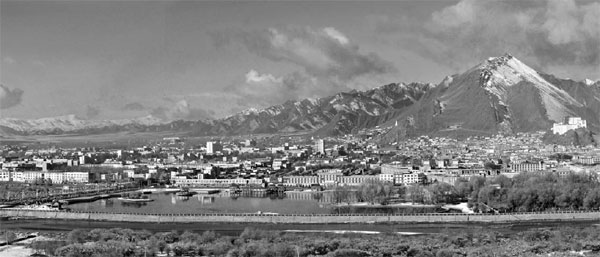Sakya county builds up tourism industry
Updated: 2015-01-16 13:18
By Palden Nyima and Phungtsog Tashi in Xigaze, Tibet(China Daily USA)
|
|||||||||
|
A bird's eye view of the municipal district of Xigaze, a city in Tibet autonomous region. Tashi Dunbrub / for China Daily |
The recently upgraded Xigaze city of Tibet wants to boost the tourism industry of Sakya county, local officials said.
Sakya county has been called the second Dunhuang of China, and it is listed as one of the two Chinese historic cities in Tibet autonomous region.
The county is home to the 941-year-old Sakya Monastery, the Narthang Monastery and some other historical sites.
It is famous for producing thangka paintings, clay masks, silverware, bronze and Tibetan handicrafts.
"Sakya offers great opportunities for tourism right now along with Xigaze developed into a city," said Zhang Xiuwu, vice-mayor of Xigaze and Party chief of Sakya county.
"Tourism is very useful for rural residents, and we look forward to welcoming more tourists in the future," said Zhang Xiuwu.
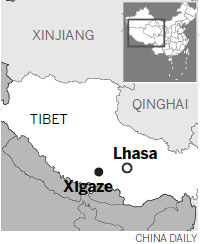
Zhang said that Sakya is enriched with plentiful tourism resources, and he believes that tourism can generate big profits in a short period of time. "Most rural residents of Sakya choose farming and take temporary jobs to make an income," Zhang said.
"We want to help the local people to raise their income by boosting tourism in front of their doors," Zhang said.
As tourism is a new venture for the county, local government officials are looking to improve infrastructure.
Statistics show that the county mainly receives pilgrims and academic researchers, and it welcomed an average of 400,000 pilgrims annually in the past three years.
The county had about 146,000 tourists, and tourism revenue reached 16 million yuan ($2.6 million) by the end of 2014, according to the county's tourism bureau.
An integrated tourist center built several months ago has a tour guide, tickets to attractions, banks, post office, communications facilities and a specialty shopping center.
Local specialties sold at the center include thangka paintings, clay sculptures, Tibetan incense and handmade copper products.
A chronicle pavilion was established to showcase the history of Sakya, and a 1,293-meter-long (0.8 mile) viewing route around the Sakya Monastery was built for tourists and pilgrims.
As a move to encourage local residents to get involved in the tourism industry, the county government provided 32 rent-free pavements at the tourism center.
Zhang's research showed that the county welcomed 900 tourists on Oct 2 this year, and a shop selling Tibetan incense at the tourism center made 12,000 yuan ($1,934) on that day.
"This is an example of tourism as a driving force and an opportunity for income in Sakya," said Zhang.
"We want to turn Sakya into a tourism destination in the region, and we aim to benefit the local people this way," said Nyima Tsering, the director of the Sakya County Tourism Bureau. "Thangka paining is one of our features, as we have five famous inheritors of the Mansar style of the Tibetan thangka art," said the 37-year-old.
Statistics show that the population of Sakya is around 50,000, and about 10,000 people are involved in the tourism business.
Tourism revenue accounted for 40 percent of the county's gross domestic product in 2014.
Contact the writers at paldenmyima@chinadaily.com.cn and daqiong@chinadaily.com.cn

 Ready to roll
Ready to roll
 US not to link Iran nuke talks to prisoner issue
US not to link Iran nuke talks to prisoner issue
 Beijing travel film wows TV viewers
Beijing travel film wows TV viewers
 Beverly Hills welcomes Chinese
Beverly Hills welcomes Chinese
 Workers protest on Martin Luther King birthday
Workers protest on Martin Luther King birthday
 US rolls out new Cuba rules on trade, travel
US rolls out new Cuba rules on trade, travel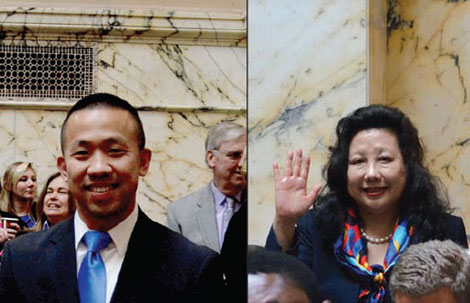
 Two Chinese-American reps sworn in
Two Chinese-American reps sworn in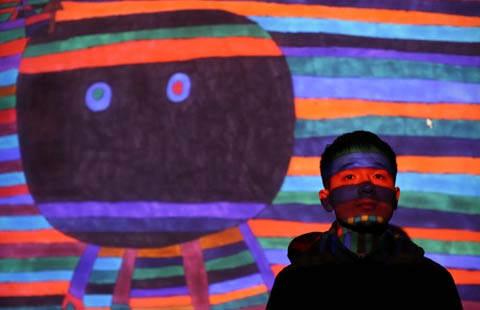
 Mental illness no handicap to Nanjing artists
Mental illness no handicap to Nanjing artists
Most Viewed
Editor's Picks

|

|

|

|

|
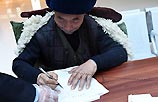
|
Today's Top News
Silicon Valley will mark Spring Festival
Beverly Hills rolls out red carpet for Chinese tourists
US rebound should lift China
Miami to China: Come see about us
Teens to face trial in killing of Chinese student
Chinese piece headlines Carnegie recital
Miami to China: Come see about us
US official lauds fight by China vs. graft
US Weekly

|

|
